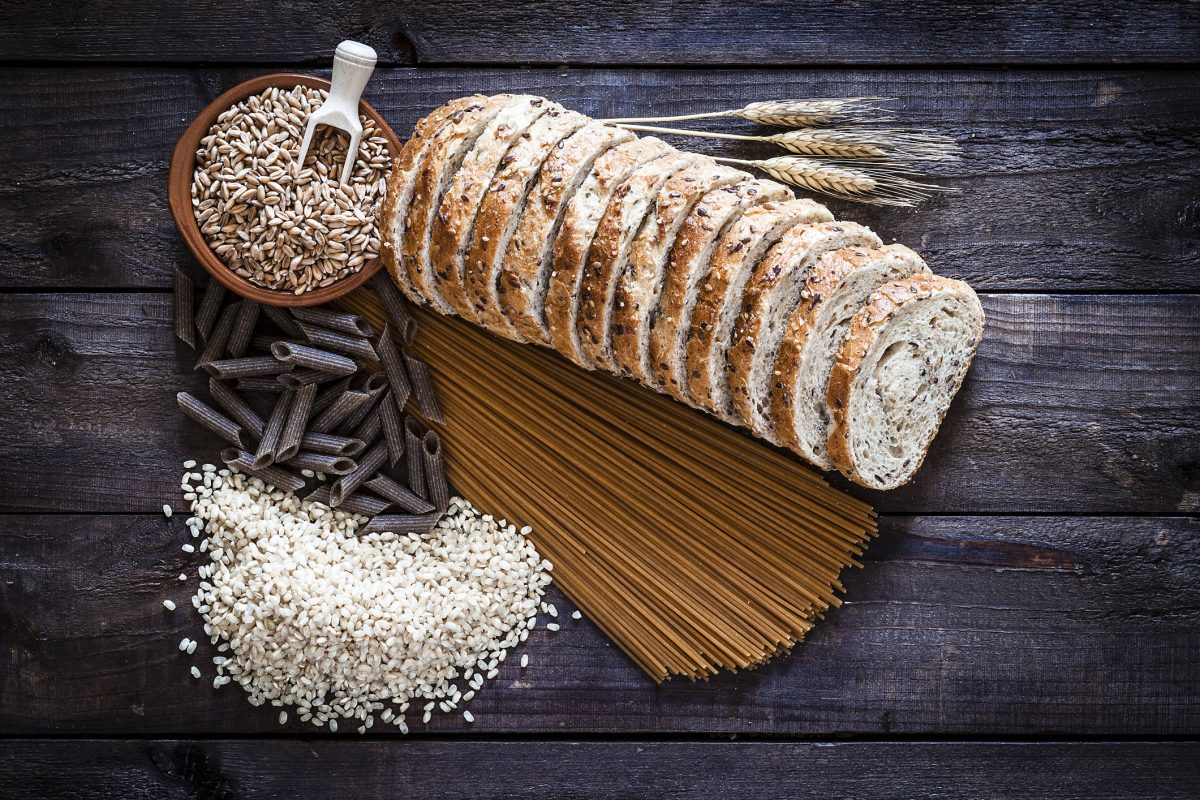The gluten-free aisles in supermarkets keep expanding. Restaurants offer gluten-free dishes on their menus. For most people, the decision to eliminate gluten from their diets is a personal choice.
For the 1 out of 100 people who have celiac disease, going gluten-free is a necessity.
Gluten, a protein found in wheat, rye and barley, gives structure to those foods. Most people have no problem digesting it, but those who have celiac disease cannot tolerate gluten. Each slice of bread or bowl of pasta causes an autoimmune response that damages the upper intestine.
That damage interferes with the proper absorption of nutrients and, left untreated, can cause a number of health problems, including rashes, infertility and intestinal cancers. Unfortunately, more than half of people with celiac disease don’t know they have it. They’re most likely treating symptoms like constipation, headaches or anemia without recognizing a broader problem they need to address. But recent trends in gluten-free eating have led to more conversations about the issue.
“Awareness of celiac disease has increased,” says Dr. Dawn Adams, who heads up the Celiac Disease Clinic at Vanderbilt Medical Center’s Digestive Disease Center in Nashville. “More patients are initiating discussions with their doctors, and more doctors are recognizing the symptoms.”
Diagnosing celiac disease
Celiac disease is hereditary. Anyone with a parent, child or sibling who has the disease has a 5-10% risk of developing it. If you or a family member has ongoing symptoms of celiac disease, speak to your doctor about getting tested. The first step is a blood test that screens for celiac disease antibodies. If that is positive, an endoscopic biopsy of the small intestine is done to check for damage.
“It is important that patients don’t go gluten-free before getting screened,” warns Dr. Adams. “That can cause the results to go negative and make diagnosis difficult. Patients who make that change and feel better ask why it matters, and may be hesitant to go back to eating foods that have gluten. But with a diagnosis of celiac disease, we need to look for other issues, like vitamin and mineral deficiencies, bone density or intestinal cancer, even though that risk is low. Also, since it’s hereditary, we want to know if family members need treatment.”
A confirmed diagnosis means eliminating gluten from your diet. It is the only treatment currently available, and the initial adjustment may feel overwhelming. Your doctor will offer guidance on what to avoid and how to assess ingredients.
How to live gluten-free
Avoiding gluten can transform you into a bit of a food detective. So many common foods beyond the obvious breads, cakes, pasta and crackers contain gluten. Soups, sauces and even salad dressing may use wheat flour as a thickener, and a restaurant’s hamburger without the bun might still use breadcrumbs in the meat as filler. Some basic tips:
Choose naturally gluten-free foods to make up most of your meals.
This includes:
- Fruits
- Vegetables
- Meat and poultry
- Fish and seafood
- Dairy
- Beans, legumes and nuts
- Grains including rice, soy, corn, quinoa, buckwheat groats (kasha)
Always read labels and know what to look for.
Some ingredients that contain gluten are not immediately obvious, but they are products of wheat, barley or rye.
Examples include:
- Brewer’s yeast
- Bulgur
- Durum
- Malt
- Seitan
Be aware of cross-contamination.
If you share a kitchen with others who are not gluten-free, think about the toaster, utensils and pots and pans that may transfer gluten-containing foods onto your own.
“There are different degrees of sensitivity in celiac disease,” says Dr. Adams. “A few episodes a year of accidental cross-contamination may just make a person temporarily sick, but continued exposure can lead to problems.”
Check your medications.
The FDA points out that most oral drugs do not contain gluten, however some may use wheat starch as a binder. In non-prescription drugs, look for wheat starch among the non-active ingredients. In prescription medications, you can find ingredients in the description section of the paperwork attached to the prescription. Ask your pharmacist for help if you are concerned about any medication.
Celiac disease sufferers will find that eating requires a certain amount of extra work, but eliminating gluten actually allows the small intestine to heal over time. The good news is that greater awareness of gluten and the availability of clearly marked gluten-free foods helps anyone newly diagnosed with celiac disease adopt a well-rounded diet.
Get more information about specific health terms, topics and conditions to better manage your health on bcbst.com. BlueCross BlueShield of Tennessee members can access wellness-related discounts on fitness products, gym memberships, healthy eating and more through Blue365®. BCBST members can also find tools and resources to help improve health and well-being by logging into BlueAccess and going to the Managing Your Health tab.






WellTuned provides inspiration and practical advice for healthy living.
WellTuned does not offer medical advice. Any personal health questions should be addressed to your doctor.